Slow Sand Filtration As A Tertiary Treatment For The Secondary Effluent From Sewage Treatment Plant
Slow Sand Filtration As A Tertiary Treatment For The Secondary Effluent From Sewage Treatment Plant
Source: https://jaaru.org
Prepared By: Dr. Awatif Soaded Alsaqqar, Dr. Basim Hussein Khudair, Dr. Ahmed Makki Al-Sulaiman
Usually dispatched in 2 to 3 days
Usually dispatched in 2 to 3 days
Category:
Researches
Only logged in customers who have purchased this product may leave a review.
Related products
Biofouling of Water Treatment Membranes: A Review of the Underlying Causes, Monitoring Techniques and Control Measures
Biofouling is a critical issue in membrane water and wastewater treatment as it greatly compromises the efficiency of the treatment processes. It is difficult to control, and significant economic resources have been dedicated to the development of effective biofouling monitoring and control strategies. This paper highlights the underlying causes of membrane biofouling and provides a review on recent developments of potential monitoring and control methods in water and wastewater treatment with the aim of identifying the remaining issues and challenges in this area.
Biofouling of Water Treatment Membranes: A Review of the Underlying Causes, Monitoring Techniques and Control Measures
Biofouling is a critical issue in membrane water and wastewater treatment as it greatly compromises the efficiency of the treatment processes. It is difficult to control, and significant economic resources have been dedicated to the development of effective biofouling monitoring and control strategies. This paper highlights the underlying causes of membrane biofouling and provides a review on recent developments of potential monitoring and control methods in water and wastewater treatment with the aim of identifying the remaining issues and challenges in this area.
Calibration And Verification Of The Hydraulic Model For Blue Nile River from Roseries Dam To Khartoum City
ABSTRACT:
This research represents a practical attempt applied to calibrate and verify a hydraulic model for the Blue Nile River. The calibration procedures are performed using the observed data for a previous period and comparing them with the calibration results while verification requirements are achieved with the application of the observed data for another future period and comparing them with the verification results. The study objective covered a relationship of the river terrain with the distance between the assumed points of the dam failures along the river length. The computed model values and the observed data should conform to the theoretical analysis and the overall verification performance of the model by comparing it with another set of data. The model was calibrated using data from gauging stations (Khartoum, Wad Medani, downstream Sennar, and downstream Roseires) during the period from the 1st of May to 31 of October 1988 and the verification was done using the data of the same gauging stations for years 2003 and 2010 for the same period. The required available data from these stations were collected, processed and used in the model calibration. The geometry input files for the HEC-RAS models were created using a combination of ArcGIS and HEC-GeoRAS. The results revealed high correlation (R2 ˃ 0.9) between the observed and calibrated water levels in all gauging stations during 1988 and also high correlation between the observed and verification water levels was obtained in years 2003 and 2010. Verification results with the equation and degree of correlation can be used to predict future data of any expected data for the same stations.
Calibration And Verification Of The Hydraulic Model For Blue Nile River from Roseries Dam To Khartoum City
ABSTRACT:
This research represents a practical attempt applied to calibrate and verify a hydraulic model for the Blue Nile River. The calibration procedures are performed using the observed data for a previous period and comparing them with the calibration results while verification requirements are achieved with the application of the observed data for another future period and comparing them with the verification results. The study objective covered a relationship of the river terrain with the distance between the assumed points of the dam failures along the river length. The computed model values and the observed data should conform to the theoretical analysis and the overall verification performance of the model by comparing it with another set of data. The model was calibrated using data from gauging stations (Khartoum, Wad Medani, downstream Sennar, and downstream Roseires) during the period from the 1st of May to 31 of October 1988 and the verification was done using the data of the same gauging stations for years 2003 and 2010 for the same period. The required available data from these stations were collected, processed and used in the model calibration. The geometry input files for the HEC-RAS models were created using a combination of ArcGIS and HEC-GeoRAS. The results revealed high correlation (R2 ˃ 0.9) between the observed and calibrated water levels in all gauging stations during 1988 and also high correlation between the observed and verification water levels was obtained in years 2003 and 2010. Verification results with the equation and degree of correlation can be used to predict future data of any expected data for the same stations.
Nanotechnology in Water Treatment
ABSTRACT Drinking water is unfortunately becoming a rare luxury on our planet.On the other hand, with a trend of population growth, need for water which is essential to life,is becomingbigger every day.Practical application of nanotechnology in saving water worldwide is in using nanoparticles in detection of water pollution and water purification. This knowledge has importance in medicine and public health, so as in environment safety.Possible application areas of nanotechnology in field of purification and treatment of water are in filtration, catalytic and separation processes, ion exchanging, sensitive pollutant detection,etc.Nanotechnology could be the main solution in future fortreatment of surface water,groundwater, and waste water contaminated by toxic metal ions, organic and inorganic solutes, and microorganisms.
Nanotechnology in Water Treatment
ABSTRACT Drinking water is unfortunately becoming a rare luxury on our planet.On the other hand, with a trend of population growth, need for water which is essential to life,is becomingbigger every day.Practical application of nanotechnology in saving water worldwide is in using nanoparticles in detection of water pollution and water purification. This knowledge has importance in medicine and public health, so as in environment safety.Possible application areas of nanotechnology in field of purification and treatment of water are in filtration, catalytic and separation processes, ion exchanging, sensitive pollutant detection,etc.Nanotechnology could be the main solution in future fortreatment of surface water,groundwater, and waste water contaminated by toxic metal ions, organic and inorganic solutes, and microorganisms.
Determination of Optimal Operating Condition in Nanofiltration (NF) and Reverse Osmosis (RO) During The Treatment of a Tannery Wastewater Stream
Introduction
Industrial wastewater treatment, such as those used for tannery wastewater, is complex due to the variety of chemicals added at different stages of processing of hides and skins. Major problems in tanneries are due to wastewater containing heavy metals, toxic chemicals, chloride, lime with high dissolved and suspended salts and other pollutants (Uberoi, 2003). The tanning process and the effluents generated have already been reported in literature (Wiegant et al., 1999, Sreeram and Ramasami, 2003, Stoop, 2003). Many conventional processes were carried out to treat wastewater such as biological process (Ahn et al., 1996, Vijayaraghavan and Murthy, 1997, Wiemann et al., 1998, Di Iaconi et al., 2003, Farabegoli et al., 2004), oxidation process (Sekaran et al., 1996, Dogruel et al., 2004, Sacco et al., 2012, de Caprariis et al., 2012) and chemical process (Di Iaconi et al., 2001, Orhon et al., 1998, Song et al., 2004) etc. Among these, physical and chemical methods are considered very expensive in terms of energy and reagents consumption (Churchley, 1994, Stern et al., 2003), and generation of excessive sludge (Chu, 2001). To reduce the production of sludge by the treatment of this wastewater combined or alternative systems must be explored. In particular, in this work, two spiral wound membrane modules were used: nanofiltration (NF) and reverse osmosis (RO). The goal of this approach is to insert membranes into the cycle of wastewater treatment in order to remove the entire chain of biological treatment and the resulting post physico[1]chemical residue with a significant reduction of sludge up to 95%. A modified version of the traditional method used to measure critical fluxes of membranes, that is the pressure cycling method, was applied to measure both the critical and the threshold flux on the nanofiltration membrane in order to optimize the operating conditions. Once obtained the critical and threshold flux values, this data was used as input for a batch membrane process optimization method developed previously by Stoller at al. (Stoller and Chianese, 2006, Stoller and Bravi, 2010, Stoller, 2009, Iaquinta et al., 2009, Stoller, 2008, Stoller, 2011). The output of the method indicates the optimal permeate feed flow rate which should be used during the batch in order to inhibit membrane fouling. Finally, the obtained results were compared from an economical point of view with a conventional biological process to validate the membrane plant as possible alternative to conventional process.
Determination of Optimal Operating Condition in Nanofiltration (NF) and Reverse Osmosis (RO) During The Treatment of a Tannery Wastewater Stream
Introduction
Industrial wastewater treatment, such as those used for tannery wastewater, is complex due to the variety of chemicals added at different stages of processing of hides and skins. Major problems in tanneries are due to wastewater containing heavy metals, toxic chemicals, chloride, lime with high dissolved and suspended salts and other pollutants (Uberoi, 2003). The tanning process and the effluents generated have already been reported in literature (Wiegant et al., 1999, Sreeram and Ramasami, 2003, Stoop, 2003). Many conventional processes were carried out to treat wastewater such as biological process (Ahn et al., 1996, Vijayaraghavan and Murthy, 1997, Wiemann et al., 1998, Di Iaconi et al., 2003, Farabegoli et al., 2004), oxidation process (Sekaran et al., 1996, Dogruel et al., 2004, Sacco et al., 2012, de Caprariis et al., 2012) and chemical process (Di Iaconi et al., 2001, Orhon et al., 1998, Song et al., 2004) etc. Among these, physical and chemical methods are considered very expensive in terms of energy and reagents consumption (Churchley, 1994, Stern et al., 2003), and generation of excessive sludge (Chu, 2001). To reduce the production of sludge by the treatment of this wastewater combined or alternative systems must be explored. In particular, in this work, two spiral wound membrane modules were used: nanofiltration (NF) and reverse osmosis (RO). The goal of this approach is to insert membranes into the cycle of wastewater treatment in order to remove the entire chain of biological treatment and the resulting post physico[1]chemical residue with a significant reduction of sludge up to 95%. A modified version of the traditional method used to measure critical fluxes of membranes, that is the pressure cycling method, was applied to measure both the critical and the threshold flux on the nanofiltration membrane in order to optimize the operating conditions. Once obtained the critical and threshold flux values, this data was used as input for a batch membrane process optimization method developed previously by Stoller at al. (Stoller and Chianese, 2006, Stoller and Bravi, 2010, Stoller, 2009, Iaquinta et al., 2009, Stoller, 2008, Stoller, 2011). The output of the method indicates the optimal permeate feed flow rate which should be used during the batch in order to inhibit membrane fouling. Finally, the obtained results were compared from an economical point of view with a conventional biological process to validate the membrane plant as possible alternative to conventional process.
A Review of Reverse Osmosis Membrane Fouling and Control Strategies
Introduction
This paper reviews membrane contamination and dirt Control strategies, focusing on the latest developments.
The first goal From this paper is to illustrate the types of dirt.
The second goal is To discuss the latest pollution mitigation strategies, including pre-treatment, monitoring, cleaning, and surface modification as well as updates.
A Review of Reverse Osmosis Membrane Fouling and Control Strategies
Introduction
This paper reviews membrane contamination and dirt Control strategies, focusing on the latest developments.
The first goal From this paper is to illustrate the types of dirt.
The second goal is To discuss the latest pollution mitigation strategies, including pre-treatment, monitoring, cleaning, and surface modification as well as updates.
Desalination Technology in South Korea: A Comprehensive Review of Technology Trends and Future Outlook
Abstract:
Due to advances in desalination technology, desalination has been considered as a practical method to meet the increasing global fresh water demand. This paper explores the status of the desalination industry and research work in South Korea. Desalination plant designs, statistics, and
the roadmap for desalination research were analyzed. To reduce energy consumption in desalination, seawater reverse osmosis (SWRO) has been intensively investigated. Recently, alternative desalination technologies, including forward osmosis, pressure-retarded osmosis, membrane distillation, capacitive deionization, renewable-energy-powered desalination, and desalination batteries have also been actively studied. Related major consortium-based desalination research projects and their pilot plants suggest insights into lowering the energy consumption of desalination and mitigation of the environmental impact of SWRO brine as well. Finally, considerations concerning further development are suggested based on the current status of desalination technology in South Korea.
Desalination Technology in South Korea: A Comprehensive Review of Technology Trends and Future Outlook
Abstract:
Due to advances in desalination technology, desalination has been considered as a practical method to meet the increasing global fresh water demand. This paper explores the status of the desalination industry and research work in South Korea. Desalination plant designs, statistics, and
the roadmap for desalination research were analyzed. To reduce energy consumption in desalination, seawater reverse osmosis (SWRO) has been intensively investigated. Recently, alternative desalination technologies, including forward osmosis, pressure-retarded osmosis, membrane distillation, capacitive deionization, renewable-energy-powered desalination, and desalination batteries have also been actively studied. Related major consortium-based desalination research projects and their pilot plants suggest insights into lowering the energy consumption of desalination and mitigation of the environmental impact of SWRO brine as well. Finally, considerations concerning further development are suggested based on the current status of desalination technology in South Korea.
Adsorption Characteristics of Multi-Metal Ions by Red Mud, Zeolite, Limestone and Oyster Shell
Abstract
In this study, the performance of different adsorbents—red clay, zeolite, limestone, and oyster shell—for adsorption of polymetallic ions (Cr3+, Ni2+, Cu2+, Zn2+, As3+, Cd2+, and Pb2+) were investigated from aqueous solutions.
Adsorption Characteristics of Multi-Metal Ions by Red Mud, Zeolite, Limestone and Oyster Shell
Abstract
In this study, the performance of different adsorbents—red clay, zeolite, limestone, and oyster shell—for adsorption of polymetallic ions (Cr3+, Ni2+, Cu2+, Zn2+, As3+, Cd2+, and Pb2+) were investigated from aqueous solutions.
Correlation Between BOD5 and COD for Al- Diwaniyah Wastewater Treatment Plants to Obtain The Biodigrability Indices
ABSTRACT
The present study aims to establish an empirical correlation between biochemical oxygen demand (BOD5) and chemical oxygen demand (COD) of the sewage flowing in Al-Diwaniyah wastewater treatment plant. The strength of the wastewater entering the plant varied from medium to high. High concentrations of BOD5 and COD in the effluent were obtained due to the poor performance of the plant. This was observed from the BOD5 /COD ratios that did not confirm with the typical ratios for the treated sewage. Regression equations for BOD5 and COD removal percentages were suggested which can be used to evaluate rapid effluent assessment after the treatment processes or optimal process control to improve the performance of wastewater treatment plants. The average Biodegradability indices (B.I) of Al-Diwaniyah wastewater plants was found to be 0.69. The equations relating the percentage removal of BOD5(y) with influent BOD5(x), y= 0.044x + 80.66 and the percentage removal of COD (y) with influent COD (x), y= 0.045x + 55.15 were found with high correlation R2 =0.72 and 0.86 respectively. Keywords: BOD5, COD, BOD5/COD ratio, Biodegradability indices, BOD5 and COD correlations
Correlation Between BOD5 and COD for Al- Diwaniyah Wastewater Treatment Plants to Obtain The Biodigrability Indices
ABSTRACT
The present study aims to establish an empirical correlation between biochemical oxygen demand (BOD5) and chemical oxygen demand (COD) of the sewage flowing in Al-Diwaniyah wastewater treatment plant. The strength of the wastewater entering the plant varied from medium to high. High concentrations of BOD5 and COD in the effluent were obtained due to the poor performance of the plant. This was observed from the BOD5 /COD ratios that did not confirm with the typical ratios for the treated sewage. Regression equations for BOD5 and COD removal percentages were suggested which can be used to evaluate rapid effluent assessment after the treatment processes or optimal process control to improve the performance of wastewater treatment plants. The average Biodegradability indices (B.I) of Al-Diwaniyah wastewater plants was found to be 0.69. The equations relating the percentage removal of BOD5(y) with influent BOD5(x), y= 0.044x + 80.66 and the percentage removal of COD (y) with influent COD (x), y= 0.045x + 55.15 were found with high correlation R2 =0.72 and 0.86 respectively. Keywords: BOD5, COD, BOD5/COD ratio, Biodegradability indices, BOD5 and COD correlations
Fouling and Cleaning Characteristics of Reverse Osmosis (RO) Membranes
Abstract:
This work deals with fouling and successive cleaning of RO membrane fouled by an organic foulant, sodium alginate using a laboratory-scale cross flow test unit. First, spiral-wound RO membrane was fouled with sodium alginate solution up to 10% and 15%, respectively at an applied pressure of 1380 kPa with flow rate of 10 lit/min. An anionic surfactant, sodium dodecyl sulfate (SDS) was used as a chemical cleaning agent for cleaning of RO membrane. The effect of cleaning chemical dose and cross-flow velocity on the membrane chemical cleaning duration to achieve 100% cleaning efficiency (i.e., to get original water flux) was also investigated. As the SDS concentration increases, the membrane chemical cleaning time decreases due to increase in the solubility of the foulant (when the surface tension decreases by an increase in the SDS concentration). Furthermore, the membrane chemical cleaning time decreases with increasing cross-flow velocity of the cleaning chemical solution (SDS). Higher cross-flow velocity enhances the turbulence at the fouling layer and hence the mass transfer of the foulant from the fouling layer to the bulk solution is improved, then the SDS has weakened the structural integrity of the fouling layer. It is observed that better cleaning is occurred with higher concentration of SDS and flow rate. The obtained results clearly reveal that SDS cleaning is proved to be an efficient cleaning method for RO membranes fouled with organic foulant.
Fouling and Cleaning Characteristics of Reverse Osmosis (RO) Membranes
Abstract:
This work deals with fouling and successive cleaning of RO membrane fouled by an organic foulant, sodium alginate using a laboratory-scale cross flow test unit. First, spiral-wound RO membrane was fouled with sodium alginate solution up to 10% and 15%, respectively at an applied pressure of 1380 kPa with flow rate of 10 lit/min. An anionic surfactant, sodium dodecyl sulfate (SDS) was used as a chemical cleaning agent for cleaning of RO membrane. The effect of cleaning chemical dose and cross-flow velocity on the membrane chemical cleaning duration to achieve 100% cleaning efficiency (i.e., to get original water flux) was also investigated. As the SDS concentration increases, the membrane chemical cleaning time decreases due to increase in the solubility of the foulant (when the surface tension decreases by an increase in the SDS concentration). Furthermore, the membrane chemical cleaning time decreases with increasing cross-flow velocity of the cleaning chemical solution (SDS). Higher cross-flow velocity enhances the turbulence at the fouling layer and hence the mass transfer of the foulant from the fouling layer to the bulk solution is improved, then the SDS has weakened the structural integrity of the fouling layer. It is observed that better cleaning is occurred with higher concentration of SDS and flow rate. The obtained results clearly reveal that SDS cleaning is proved to be an efficient cleaning method for RO membranes fouled with organic foulant.
Desalination: From Ancient To Present And Future
Abstract:
Water is life, and without water, there would be no civilizations and a vacant Earth. Water is considered an abundant natural resource on the earth. Water covers 3/4 of the surface. However, 97% of the available water on the earth is salty oceanic water, and only a tiny fraction (3%) is freshwater. This small portion of the available water supplies the needs of humans and animals. However, freshwater exists in underground, rivers, and lakes and is insufficient to cover all the world’s water demands. Thus, water saving, water reuse, rainwater harvesting, stormwater utilization, and desalination are critical for maintaining water supplies for the future of humanity. Desalination has a long history spanning centuries from ancient times to the present. In the last two decades, desalination has been rapidly expanding to meet water needs in stressed water regions of the world. Yet, there are still some problems with its implementation in several areas of the world. This review provides a comprehensive assessment of the history of desalination for wiser and smarter water extraction and uses to sustain and support the water needs of the earth’s inhabitants.
Desalination: From Ancient To Present And Future
Abstract:
Water is life, and without water, there would be no civilizations and a vacant Earth. Water is considered an abundant natural resource on the earth. Water covers 3/4 of the surface. However, 97% of the available water on the earth is salty oceanic water, and only a tiny fraction (3%) is freshwater. This small portion of the available water supplies the needs of humans and animals. However, freshwater exists in underground, rivers, and lakes and is insufficient to cover all the world’s water demands. Thus, water saving, water reuse, rainwater harvesting, stormwater utilization, and desalination are critical for maintaining water supplies for the future of humanity. Desalination has a long history spanning centuries from ancient times to the present. In the last two decades, desalination has been rapidly expanding to meet water needs in stressed water regions of the world. Yet, there are still some problems with its implementation in several areas of the world. This review provides a comprehensive assessment of the history of desalination for wiser and smarter water extraction and uses to sustain and support the water needs of the earth’s inhabitants.
Applications of Nanotechnology in Wastewater Treatment
Abstract:
Waste water treatment issues have been a growing problems these days. Its treatment is becoming must in this Industrial world. Nanoparticles have a great potential to be used in waste water treatment. Some of the unique characteristics of it having high surface area can be used efficiently for removing toxic metal ions, disease causing microbes, inorganic and organic solutes from water. The different classes of nanomaterials also have the authority to be efficient for water treatment like metal-containing nanoparticles, carbonaceous nanomaterials and zeolites. The review includes recent development in nanotechnology for water and wastewater treatment. The paper covers nanomaterials that enables the applications, advantages and limitations as compared to existing processes. Nanotechnology has led to various efficient ways for treatment of waste water in a more precise and accurate way on both small and large scale.
Applications of Nanotechnology in Wastewater Treatment
Abstract:
Waste water treatment issues have been a growing problems these days. Its treatment is becoming must in this Industrial world. Nanoparticles have a great potential to be used in waste water treatment. Some of the unique characteristics of it having high surface area can be used efficiently for removing toxic metal ions, disease causing microbes, inorganic and organic solutes from water. The different classes of nanomaterials also have the authority to be efficient for water treatment like metal-containing nanoparticles, carbonaceous nanomaterials and zeolites. The review includes recent development in nanotechnology for water and wastewater treatment. The paper covers nanomaterials that enables the applications, advantages and limitations as compared to existing processes. Nanotechnology has led to various efficient ways for treatment of waste water in a more precise and accurate way on both small and large scale.
Removal Of Polar Organic Micropollutants By Pilot-Scale Reverse Osmosis Drinking Water Treatment
Abstract : The robustness of reverse osmosis (RO) against polar organic micropollutants (MPs) was investigated in
pilot-scale drinking water treatment. Experiments were carried in hypoxic conditions to treat a raw anaerobic riverbank filtrate spiked with a mixture of thirty model compounds. The chemicals were selected from scientific literature data based on their relevance for the quality of freshwater systems, RO permeate and drinking water. MPs passage and the influence of permeate flux were evaluated with a typical low-pressure RO membrane and quantified by liquid chromatography coupled to high-resolution mass spectrometry. A strong inverse correlation between size and passage of neutral hydrophilic compounds was observed. This correlation was weaker for moderately hydrophobic MPs. Anionic MPs displayed nearly no passage due to electrostatic repulsion with the negatively charged membrane surface,
whereas breakthrough of small cationic MPs could be observed. The passage figures observed for the investigated set of MPs ranged from less than 1%e25%. Statistical analysis was performed to evaluate the relationship between physicochemical properties and passage. The effects of permeate flux were more pronounced for small neutral MPs, which displayed a higher passage after a pressure drop.
Removal Of Polar Organic Micropollutants By Pilot-Scale Reverse Osmosis Drinking Water Treatment
Abstract : The robustness of reverse osmosis (RO) against polar organic micropollutants (MPs) was investigated in
pilot-scale drinking water treatment. Experiments were carried in hypoxic conditions to treat a raw anaerobic riverbank filtrate spiked with a mixture of thirty model compounds. The chemicals were selected from scientific literature data based on their relevance for the quality of freshwater systems, RO permeate and drinking water. MPs passage and the influence of permeate flux were evaluated with a typical low-pressure RO membrane and quantified by liquid chromatography coupled to high-resolution mass spectrometry. A strong inverse correlation between size and passage of neutral hydrophilic compounds was observed. This correlation was weaker for moderately hydrophobic MPs. Anionic MPs displayed nearly no passage due to electrostatic repulsion with the negatively charged membrane surface,
whereas breakthrough of small cationic MPs could be observed. The passage figures observed for the investigated set of MPs ranged from less than 1%e25%. Statistical analysis was performed to evaluate the relationship between physicochemical properties and passage. The effects of permeate flux were more pronounced for small neutral MPs, which displayed a higher passage after a pressure drop.




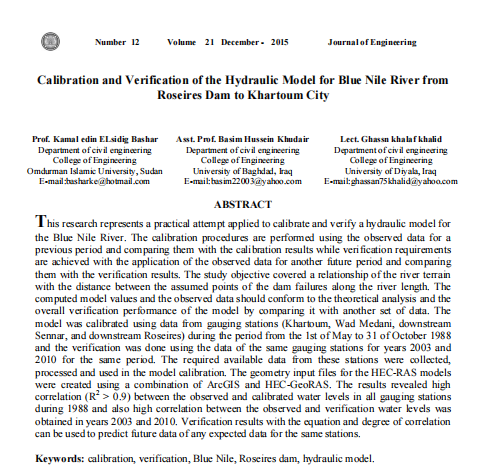
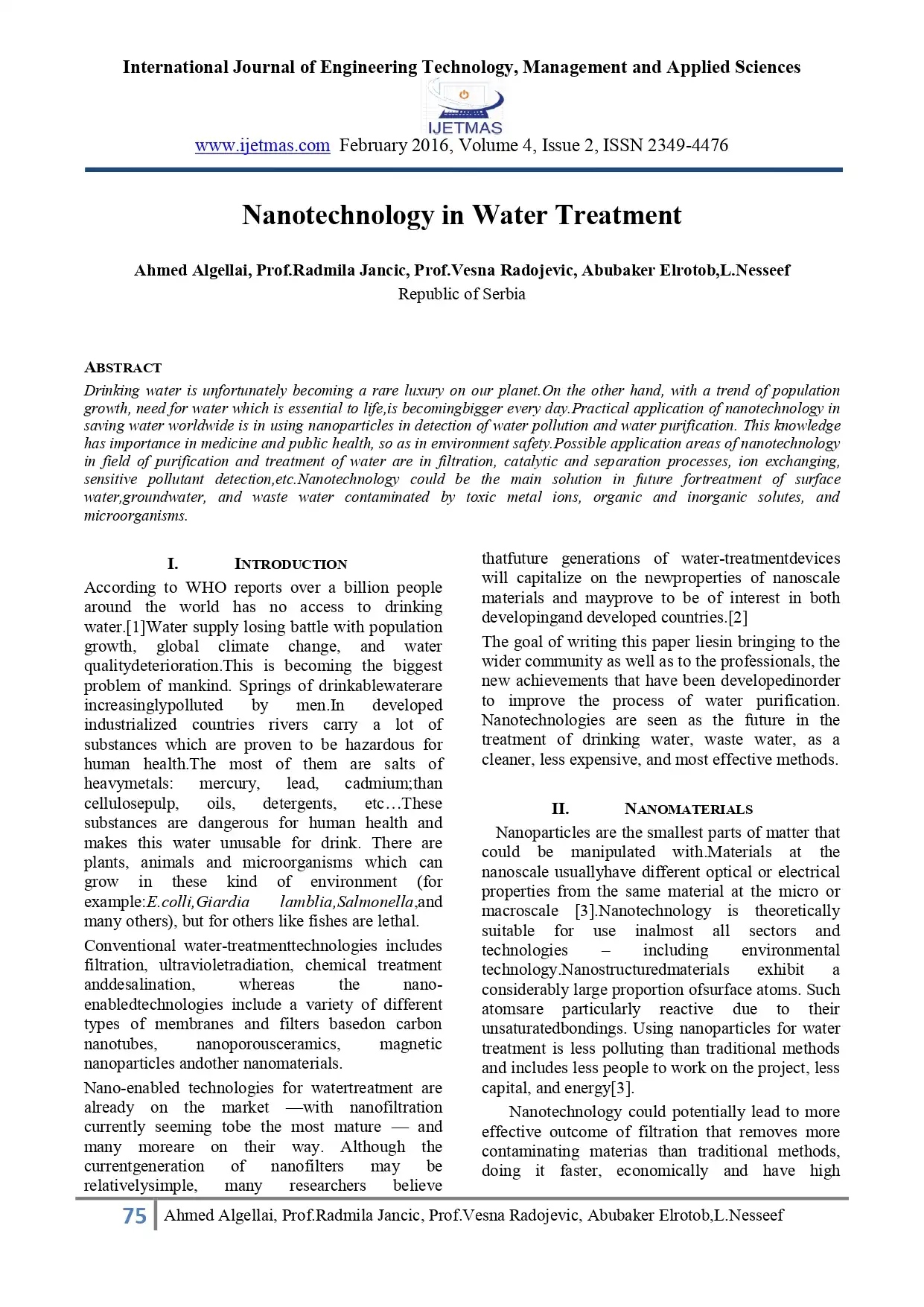
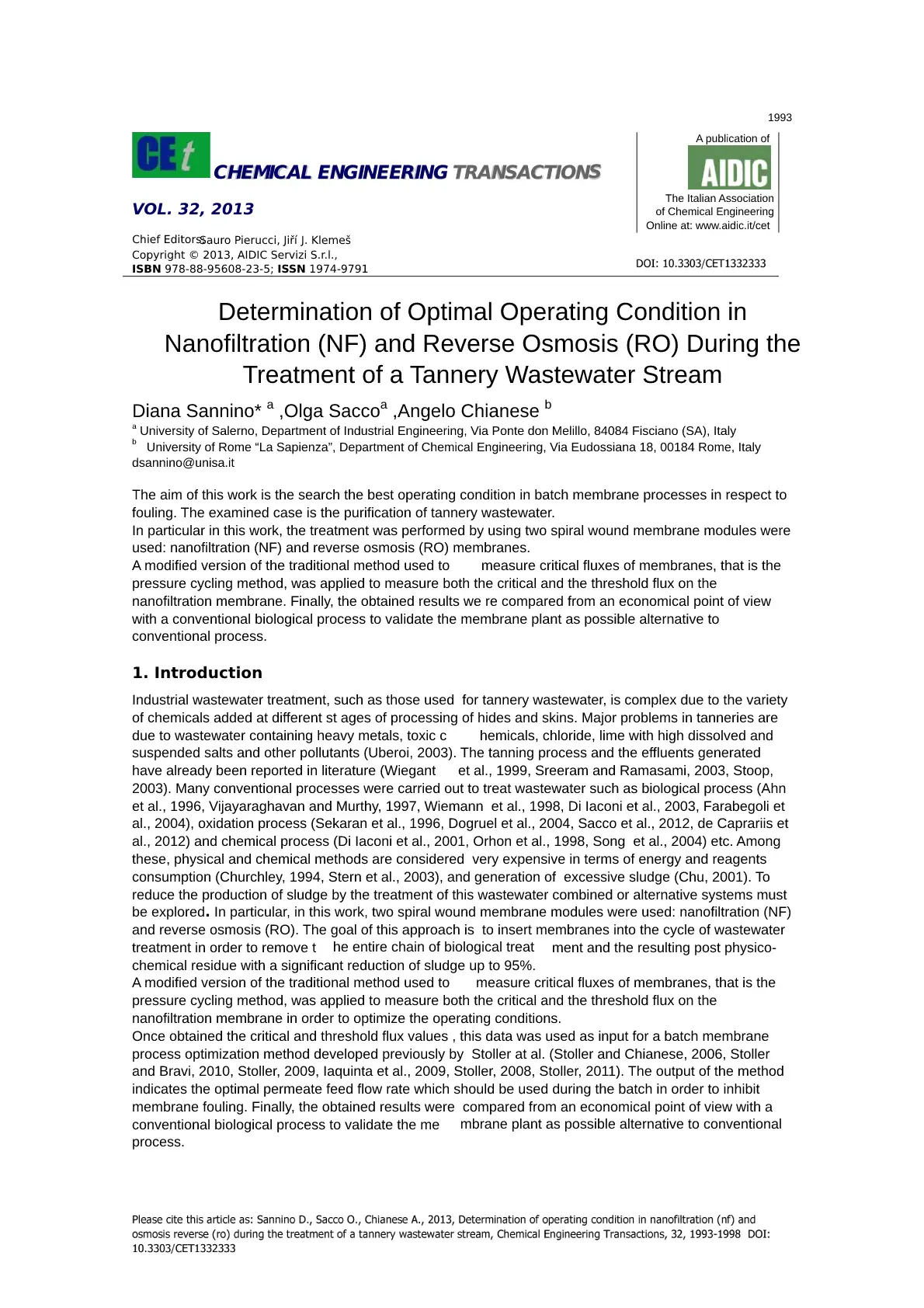
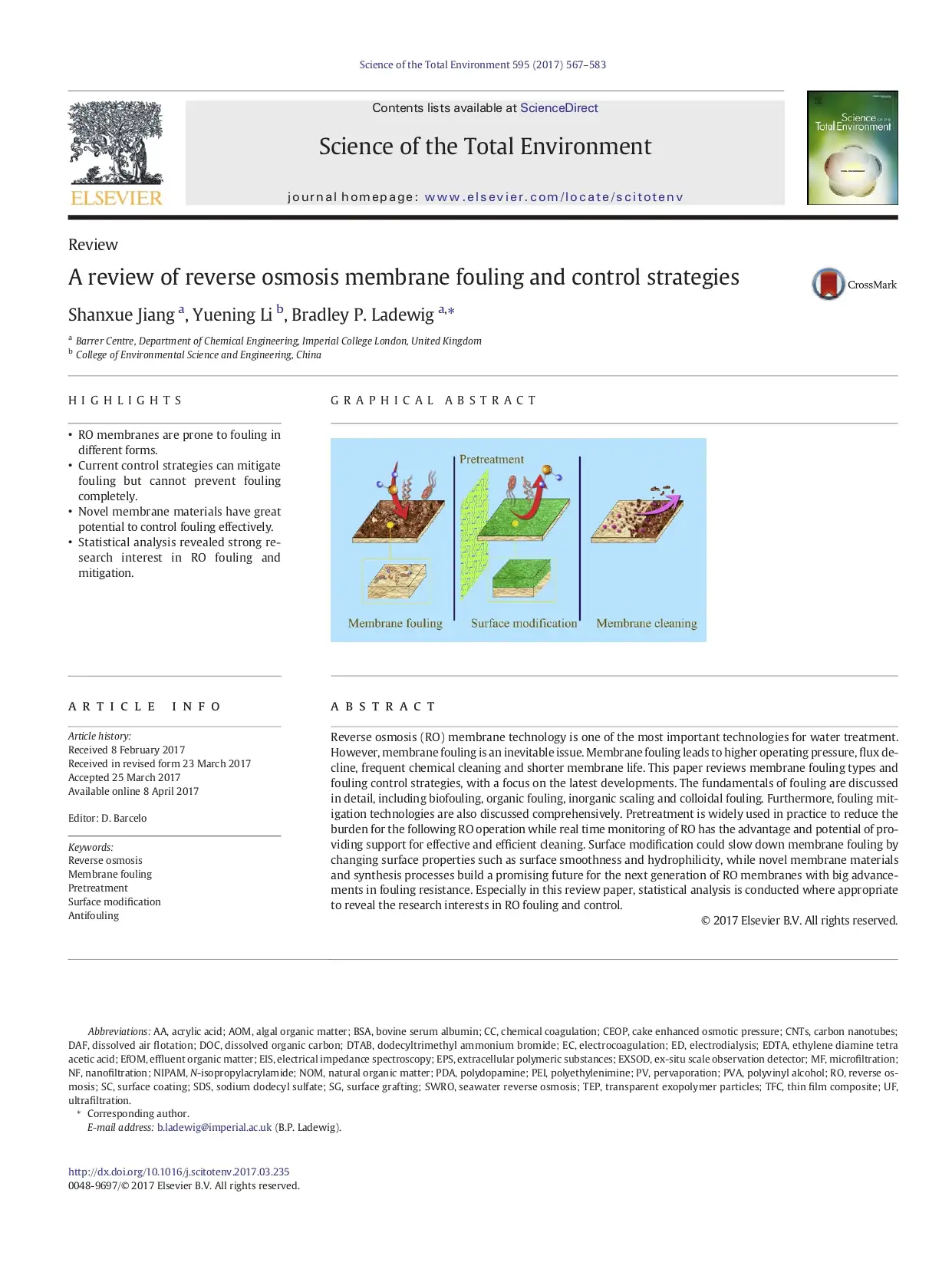
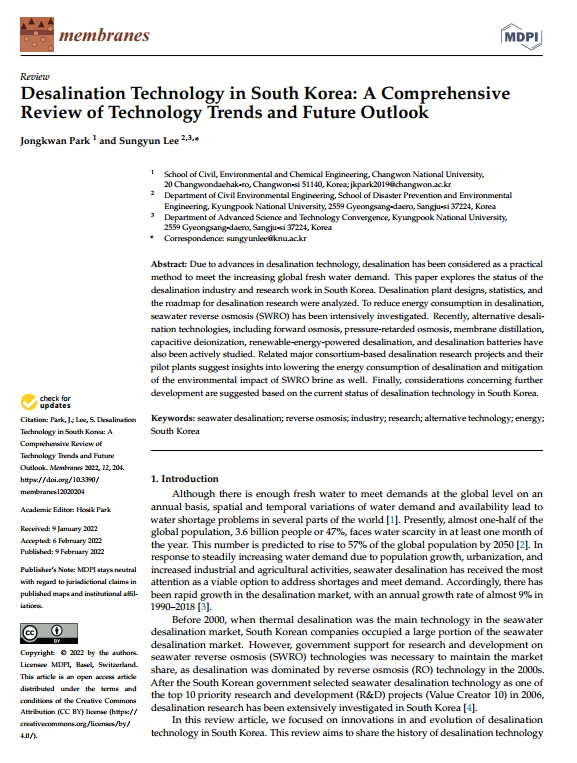
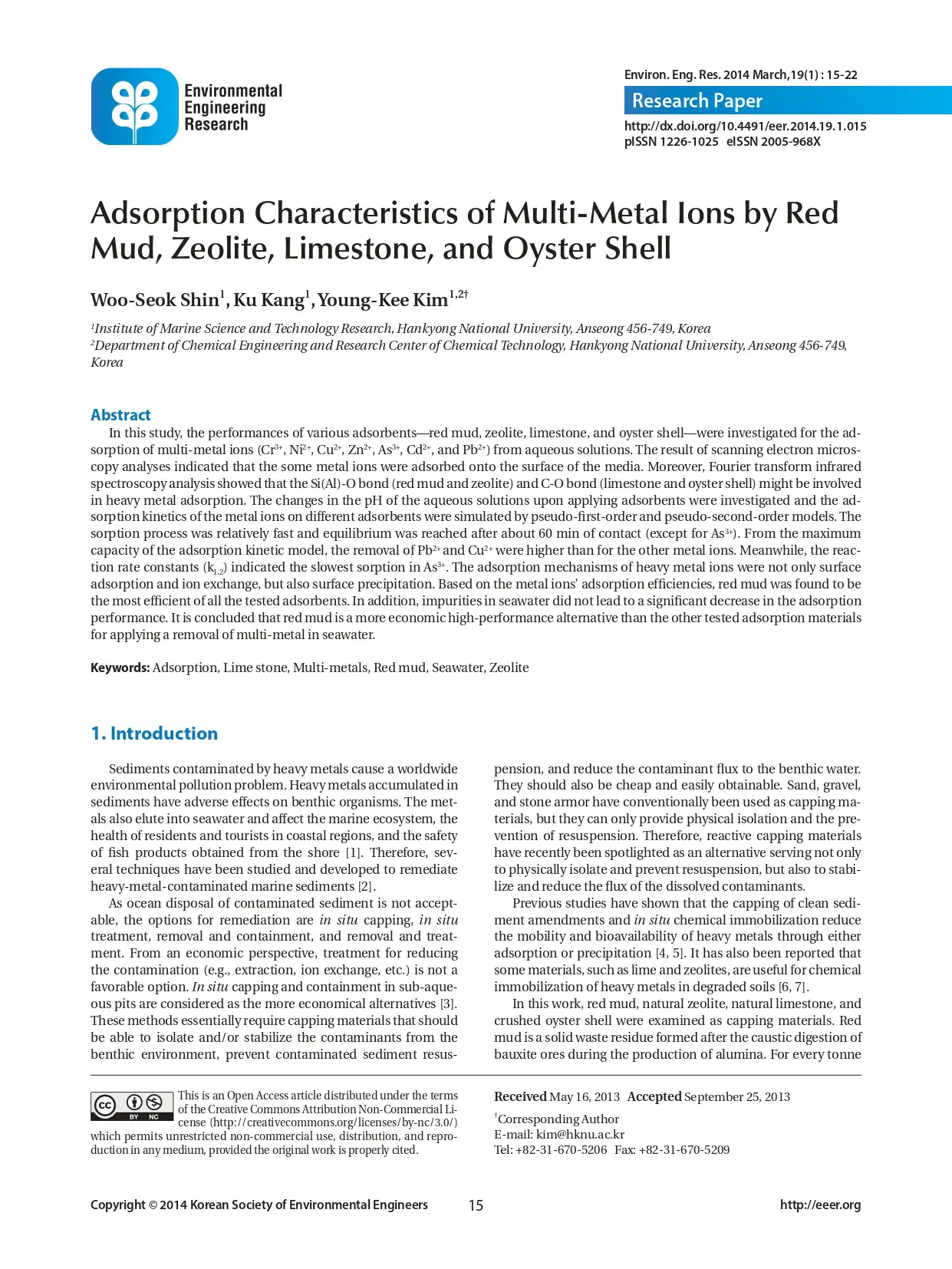
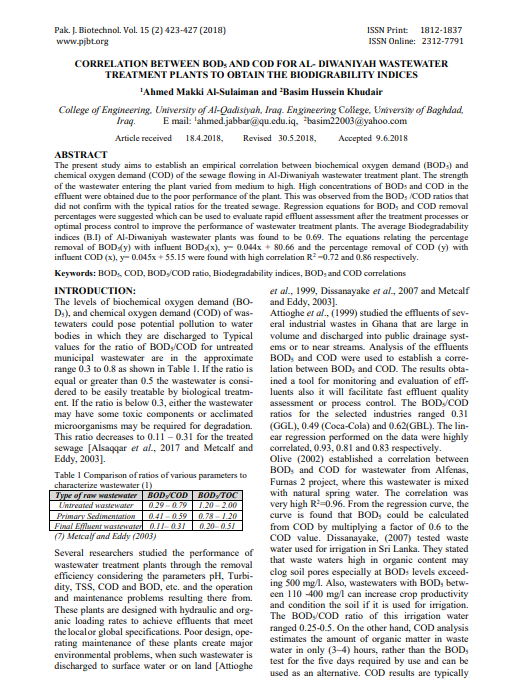
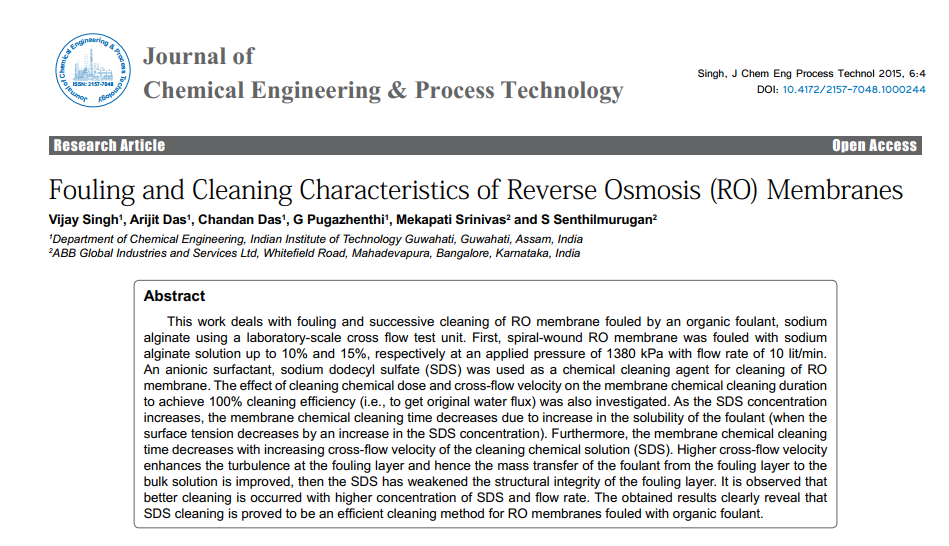
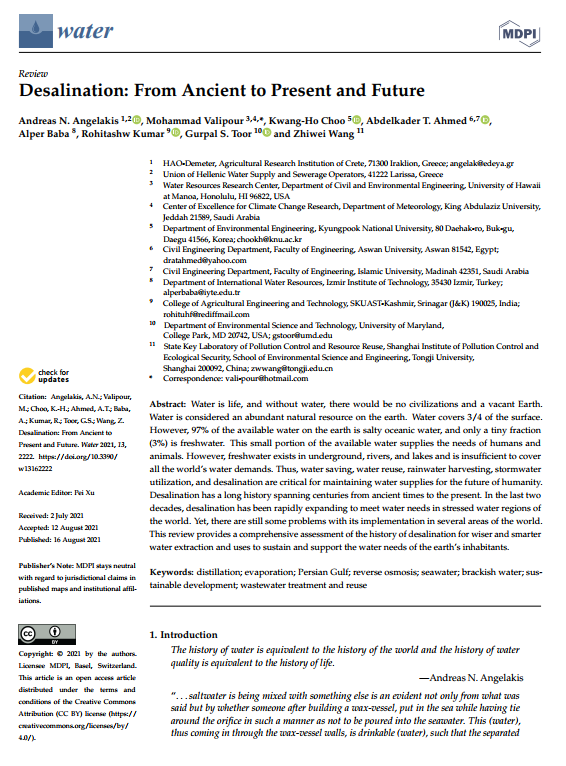
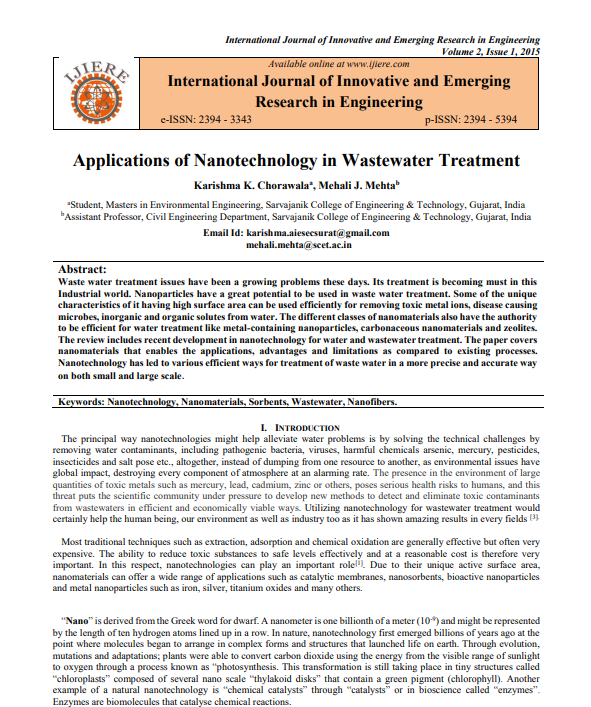
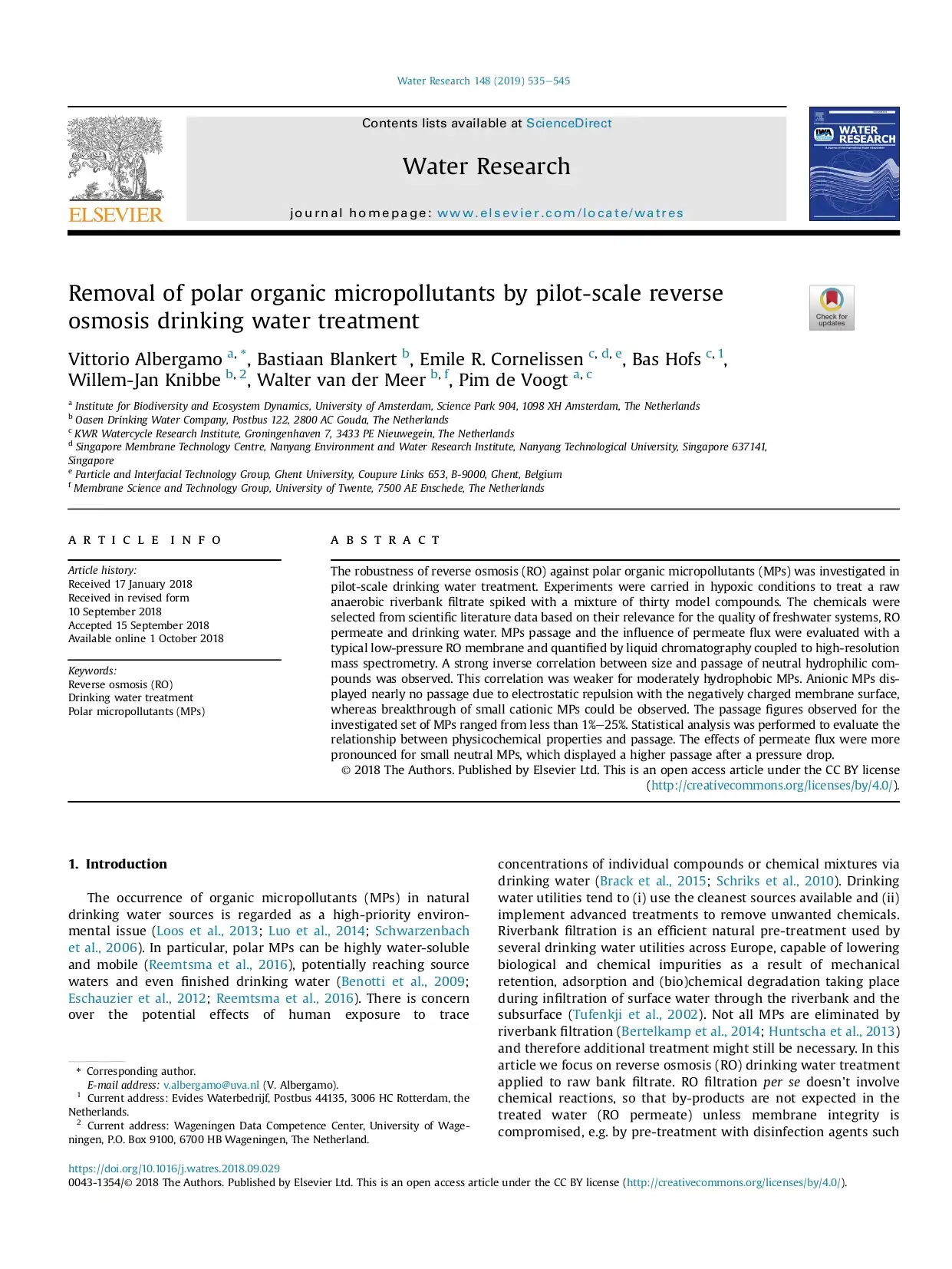
Reviews
There are no reviews yet.